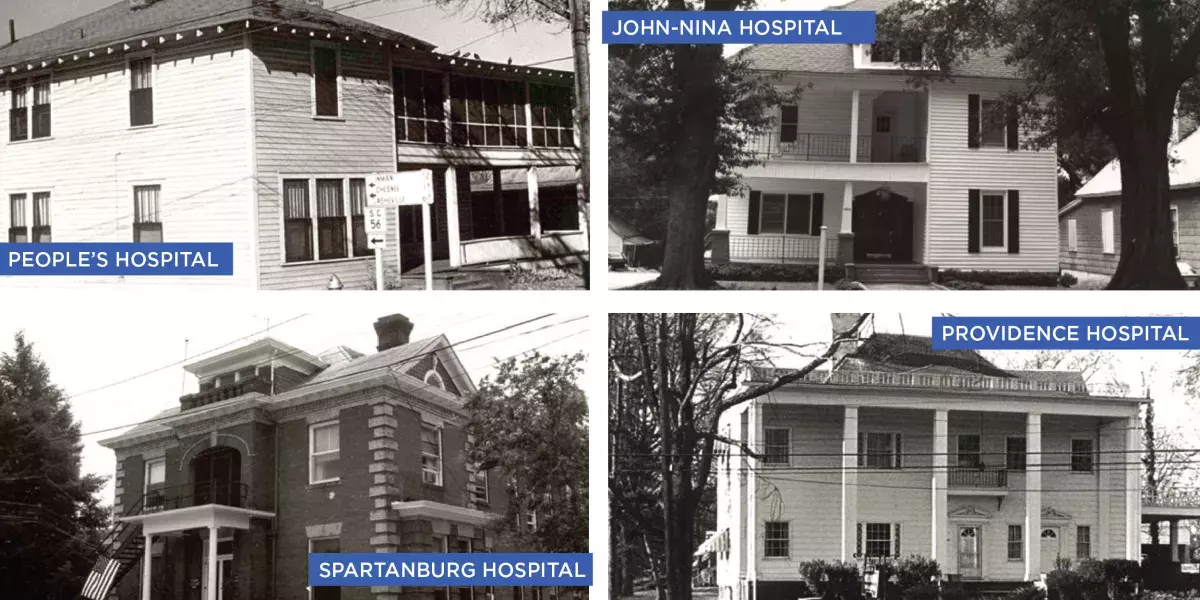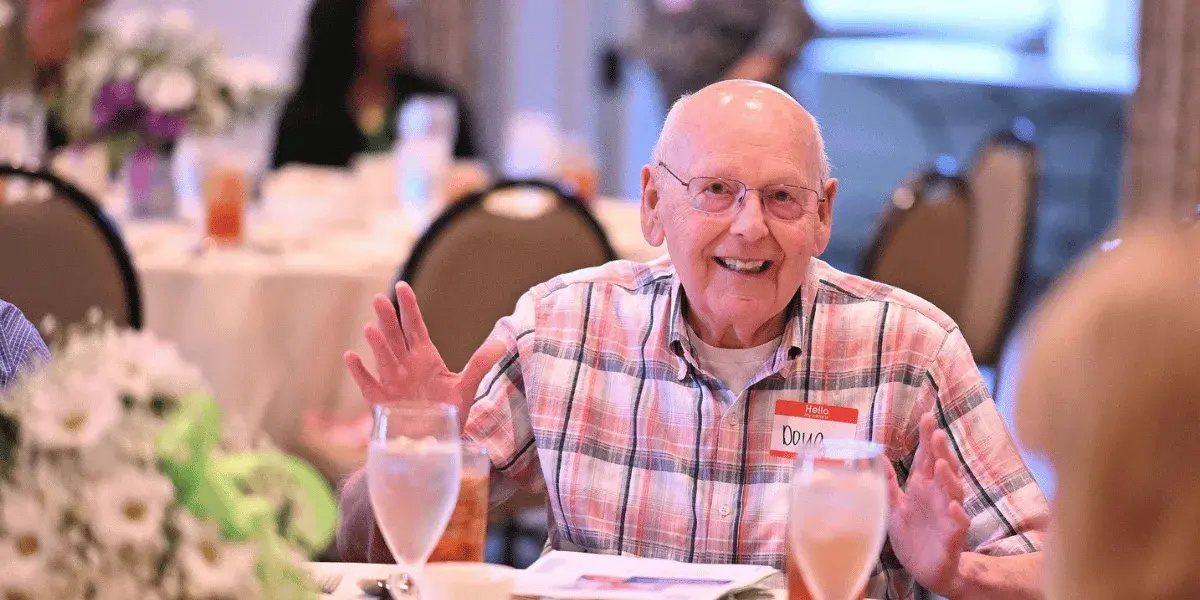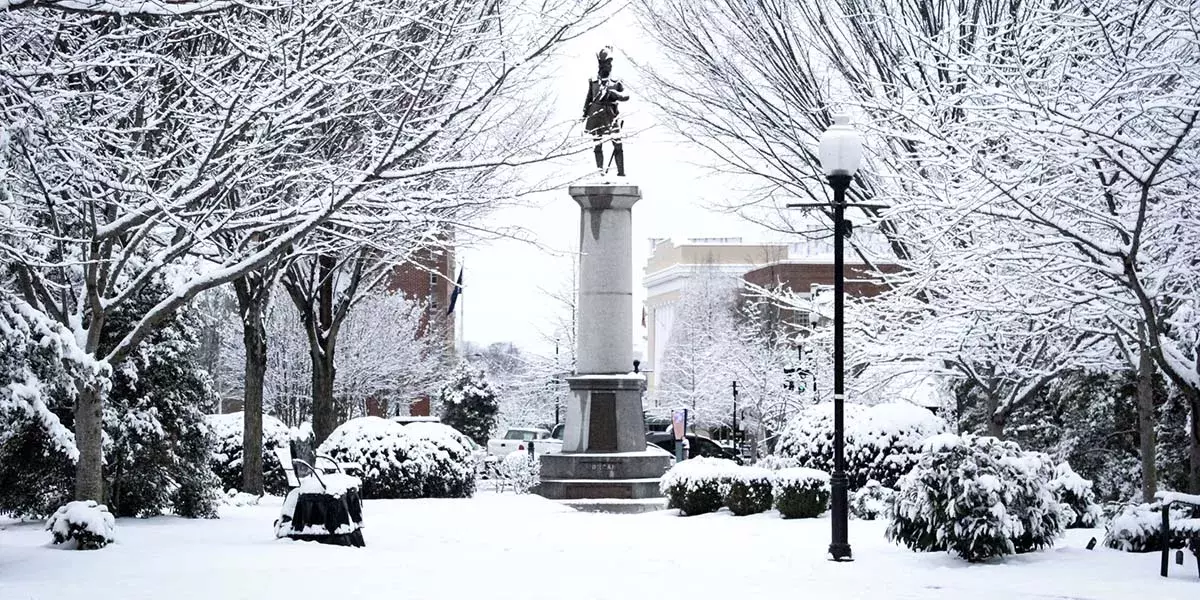
Cottage hospitals: The ones that came before
Editor’s note: This weekly series celebrating the 100th anniversary of Spartanburg Regional Healthcare System is excerpted from the book "Commitment To Our Community: 100 Years of Spartanburg Regional Healthcare System.”
Mentions of cottage hospitals, or hospitals in private homes, occurred in Spartanburg as early as the 1860s, during the Civil War. In “A Brief History of Medicine in the Spartanburg Region,” Dr. William Chapman “Bill” Herbert Jr. writes that the first of these, Wayside Hospital, was in the Fallow Home, a private residence in the Reidville area west of Spartanburg. It primarily served Confederate soldiers.
By 1890, Dr. T.E. Nott Sr., Dr. T.E. Nott Jr. and Dr. T.S. Means operated St. Elizabeth’s Hospital, and Herbert believes that the hospital was connected to the Confederate Medical Station on Dean Street.
Other early surgical facilities included the dining room of the parsonage of Green Street Baptist Church. In 1907, the congregation gathered enough community support to found Good Samaritan Hospital, giving the pastor and his family back their table for Sunday dinner.
Several other private hospitals operated in the area during that time, including Steedly Hospital in downtown Spartanburg, Dr. Potts’ hospital in the Bomar house on Spring Street and Spartanburg Hospital on North Dean Street.
Spartanburg Hospital later became the Georgia Cleveland Home and eventually St. Luke’s Free Medical Clinic. These hospitals served white patients only, and, of these, Good Samaritan Hospital was the largest.
Three privately owned hospitals served the African American population: John-Nina Hospital on North Dean Street, Providence Hospital on Howard Street and the People’s Hospital on South Liberty Street.
The John-Nina Hospital was constructed in 1913 by the Nina and Worth Littlejohn families. The only Black-owned and operated hospital in Spartanburg, it was also the only licensed hospital to provide medical care to Spartanburg’s Black community. Up to 36 patients could be housed between the hospital’s two wards and eight semi-private rooms. The hospital offered a well-equipped operating room and a garden that provided the ingredients for nutritious meals for patients.
The John-Nina Hospital closed in 1932 when it merged with Spartanburg General. Providence Hospital was founded by Carrie Bomar Perry in her home. It was leased, equipped and operated by Dr. H.R. Black and his sons Dr. Hugh S. Black and Dr. Sam O. Black.
The People’s Hospital featured a screened porch for treatment of patients with tuberculosis. Both Providence and People’s hospitals closed with the construction of what was referred to at that time as the Negro Ward at Spartanburg General in 1930.
Today, the J.W. Woodward Funeral Home occupies the Providence Hospital building. According to Herbert, there may have been another hospital for African Americans on Magnolia Street.
Join us as Spartanburg Regional Healthcare System celebrates its centennial! Dive into an interactive timeline and experience a new centennial memory each week at www.SpartanburgRegional.com/centennial.












